Perfection is rare, but Ernst Lubitsch’s Trouble in Paradise (1932) is so close to it that people like to cite the existence of the shadow of a microphone boom in one shot as a flaw. I admit I’ve never seen this, but I accept that it’s there — much as I accept the existence of the single deliberate imperfection (so as not to offend Allah with perfection) in a Persian rug without looking for it myself. In any case, I have no qualms in calling Trouble in Paradise Lubitsch’s best film — and also his most musical, even though it’s not a musical. It’s witty, sharp, expertly played, delightfully amoral (decidedly pre-code) — and the movie that will make the word “tonsils” forever amusing to you once you’ve seen it. It’s essentially the tale of two master thieves (Miriam Hopkins and Herbert Marshall) out to fleece a perfume heiress (Kay Francis), but it’s much more than that. It’s a film where morals matter little, where charm, style and wit count for everything — and where crime can go unpunished in the nicest way.
The film opens with a robbery at a posh hotel in Venice. We mostly just hear about this event from the victim, François Filiba (Edward Everett Horton), who explains how a man masquerading as a doctor wanted to look at his tonsils, after which he woke up to find his wallet gone. In the meantime, Gaston Monescu (Marshall) is planning a romantic dinner (which he admits may not be eaten) with a woman, Lily (Hopkins). It turns out that not only is he the notorious “man who walked into the Bank of Monte Carlo and walked out with the Bank of Monte Carlo,” but he’s also the thief of Filiba’s wallet. But that’s OK, because Lily herself is a thief (posing as a countess) and the two naturally fall madly in love.
The film then jumps to Paris and the fabulously wealthy Mariette Colet (Francis), who has suitor trouble. Actually, she has two suitors — the Major (Charlie Ruggles) and none other than M. Filiba. She isn’t fond of either, and they detest each other. Naturally, all three go to the opera, where her ridiculously valuable handbag is spotted — and stolen — by Gaston. When she offers a reward that’s larger than anything he could get for it, he decides to do the “honest” thing and return it — and ends up as her personal secretary, a situation not entirely to Lily’s liking, despite the plan to take the woman for a large sum.
That’s the essential setup of Trouble in Paradise, but it does nothing to convey the feeling of the film, the wittiness of the screenplay, the even greater wittiness of the direction or the perfection of the performances. I mentioned that it was Lubitsch’s most musical film, even though it isn’t a musical. It does have an interpolated score by W. Franke Harling that is designed to match the action (background scores were still pretty rare in 1932), and that probably accounts for some of that musical sense. But really, it has more to do with the way Lubitsch shoots the film — handling its farce-comedy movements like dance and its repartee dialogue like songs — that gives that impression.
What’s interesting is that Lubitsch’s last three films from this phase of his career — One Hour With You (1932), this and Design for Living (1933) — are the most stylistically impressive of all his work. After one film for MGM and a stint as head of production at Paramount, something changed and all of his subsequent work was considerably more subdued. What happened? It’s hard to say, but in Trouble in Paradise you’ll find him at the height of his power.
The Asheville Film Society will screen Trouble in Paradise Tuesday, Aug. 26, at 8 p.m. in Theater Six at The Carolina Asheville and will be hosted by Xpress movie critics Ken Hanke and Justin Souther.



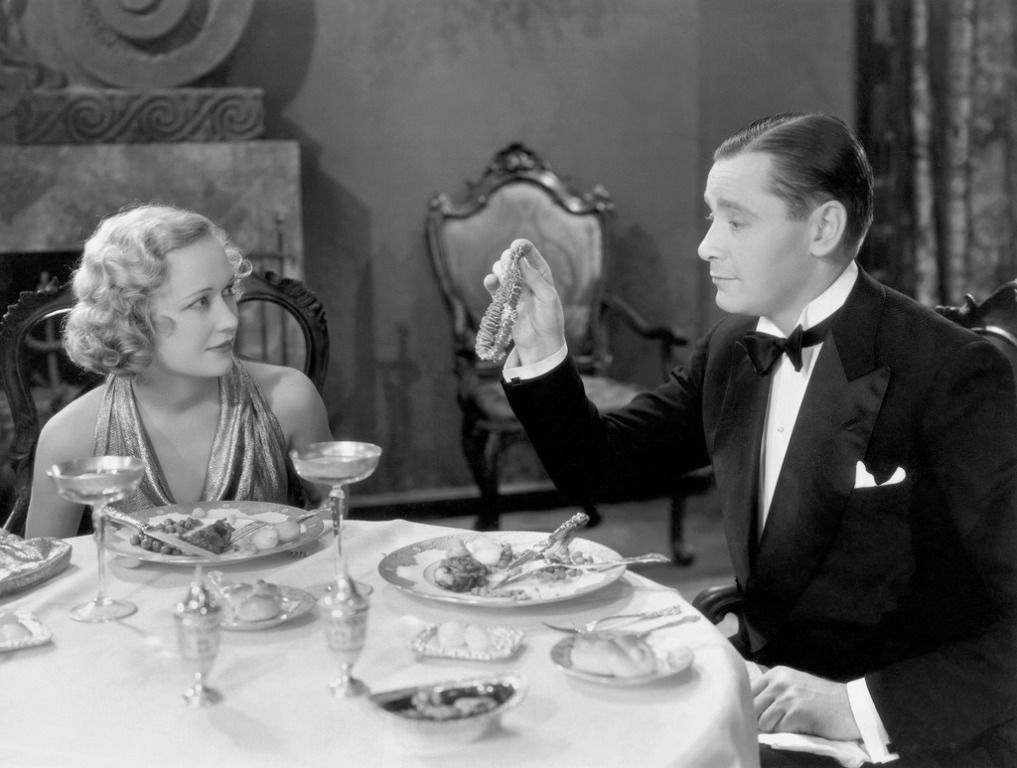
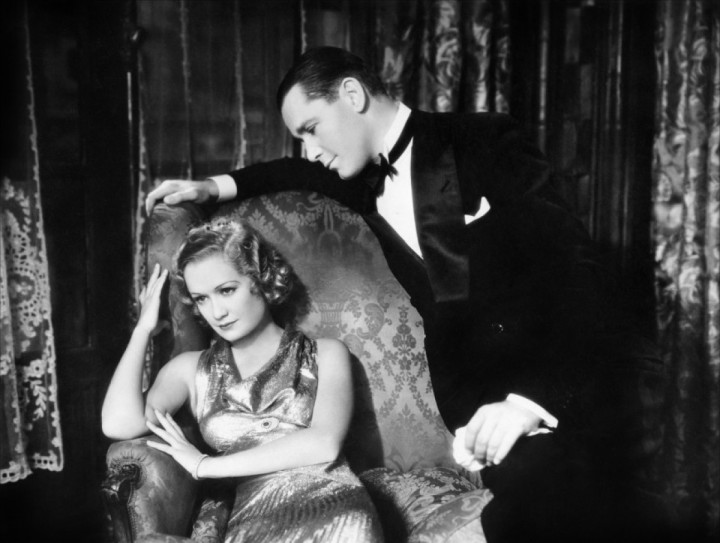
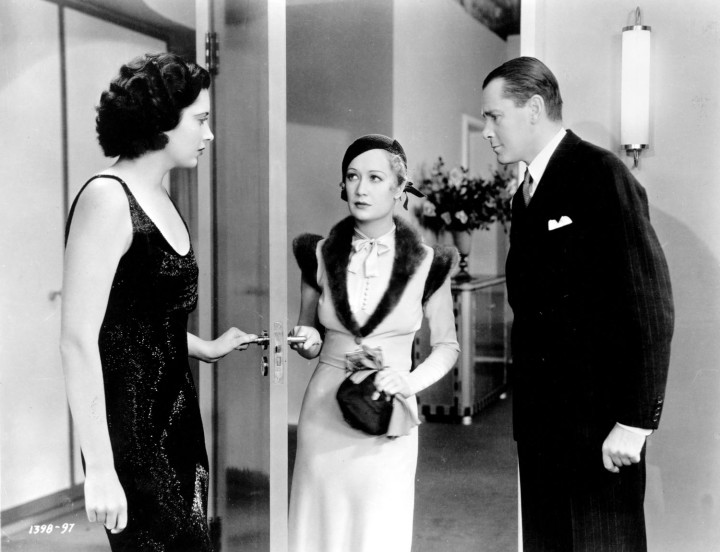
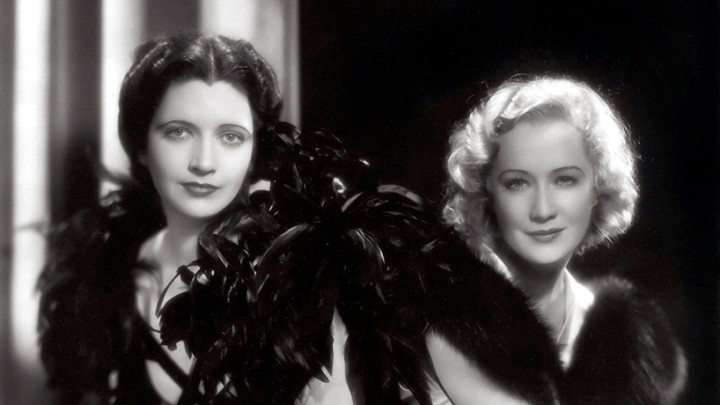
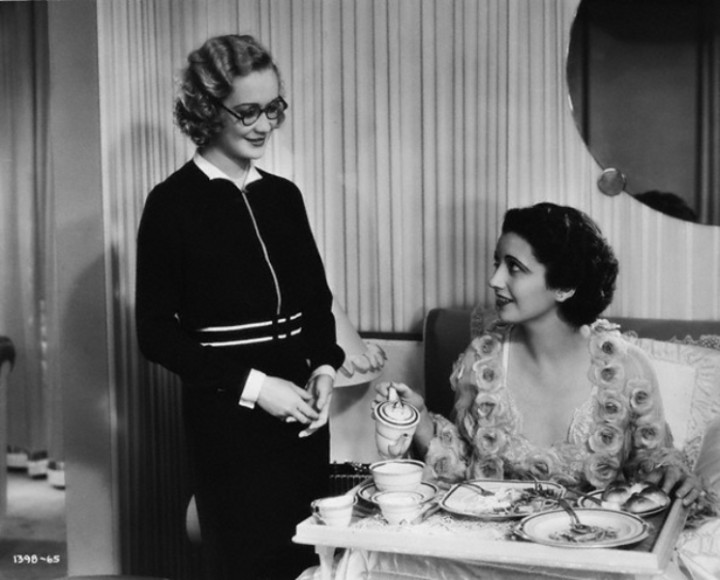
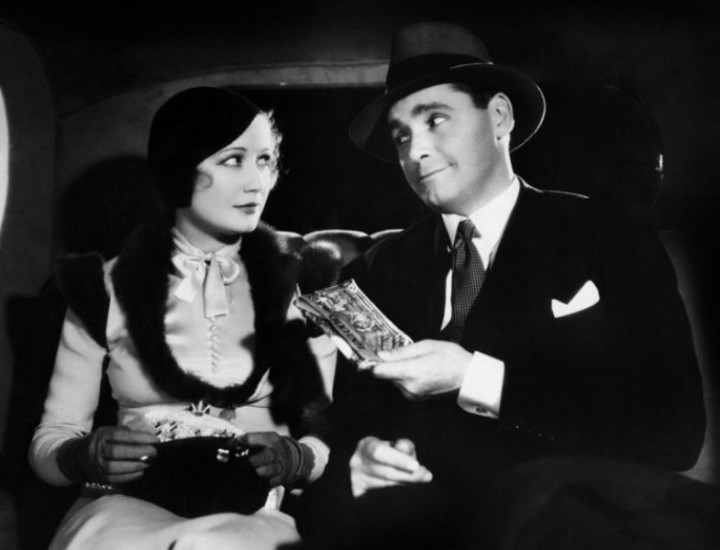
Before you comment
The comments section is here to provide a platform for civil dialogue on the issues we face together as a local community. Xpress is committed to offering this platform for all voices, but when the tone of the discussion gets nasty or strays off topic, we believe many people choose not to participate. Xpress editors are determined to moderate comments to ensure a constructive interchange is maintained. All comments judged not to be in keeping with the spirit of civil discourse will be removed and repeat violators will be banned. See here for our terms of service. Thank you for being part of this effort to promote respectful discussion.